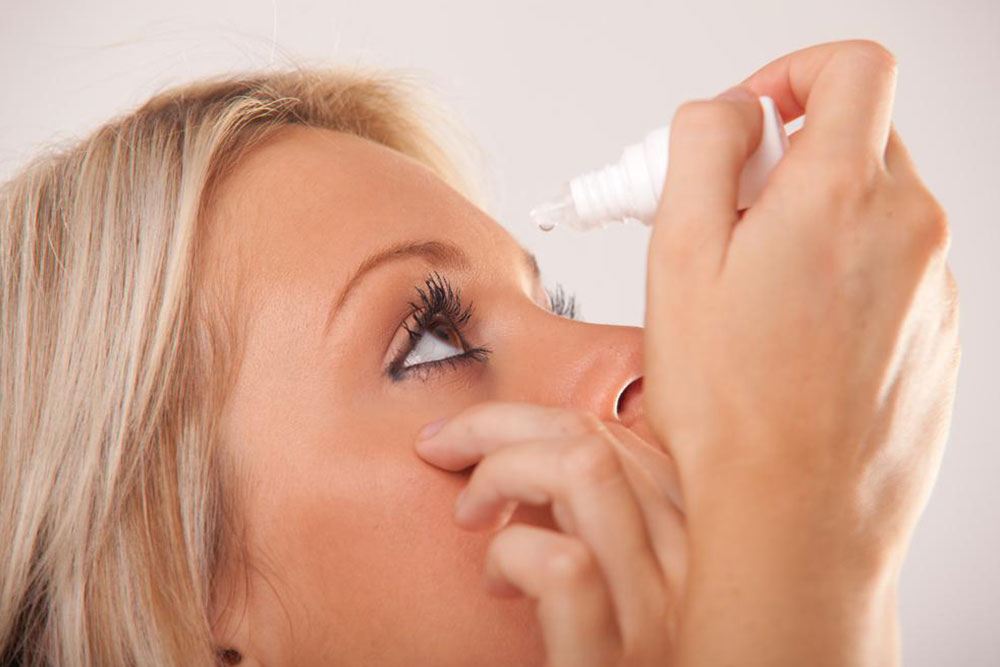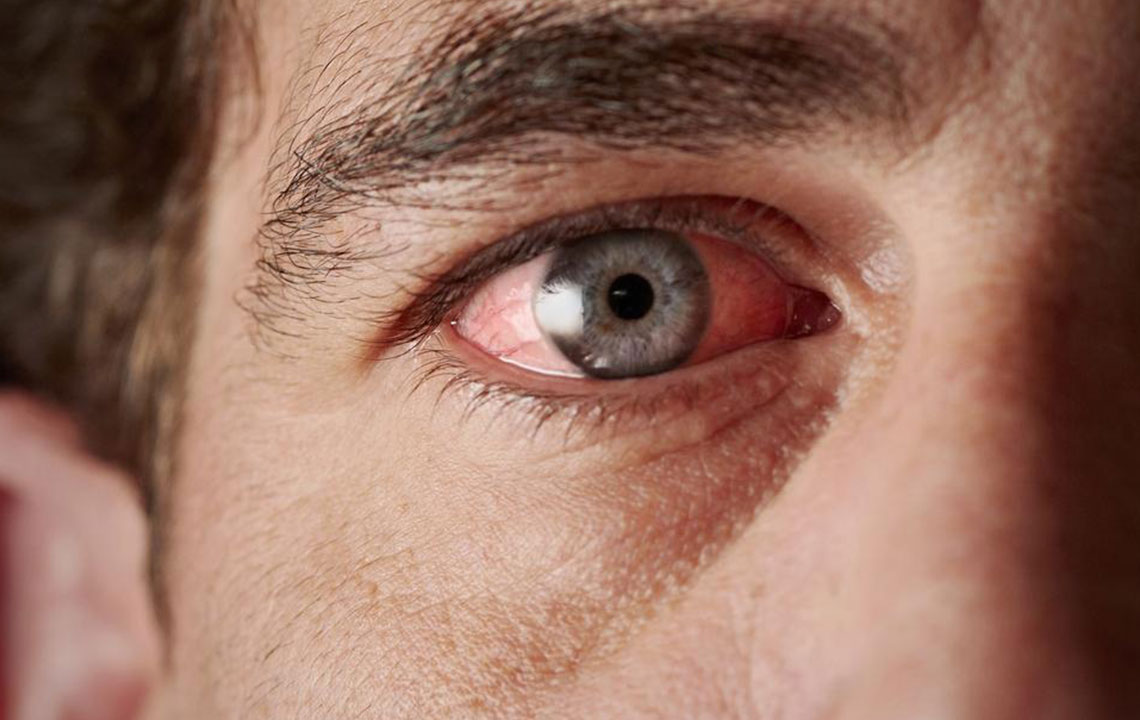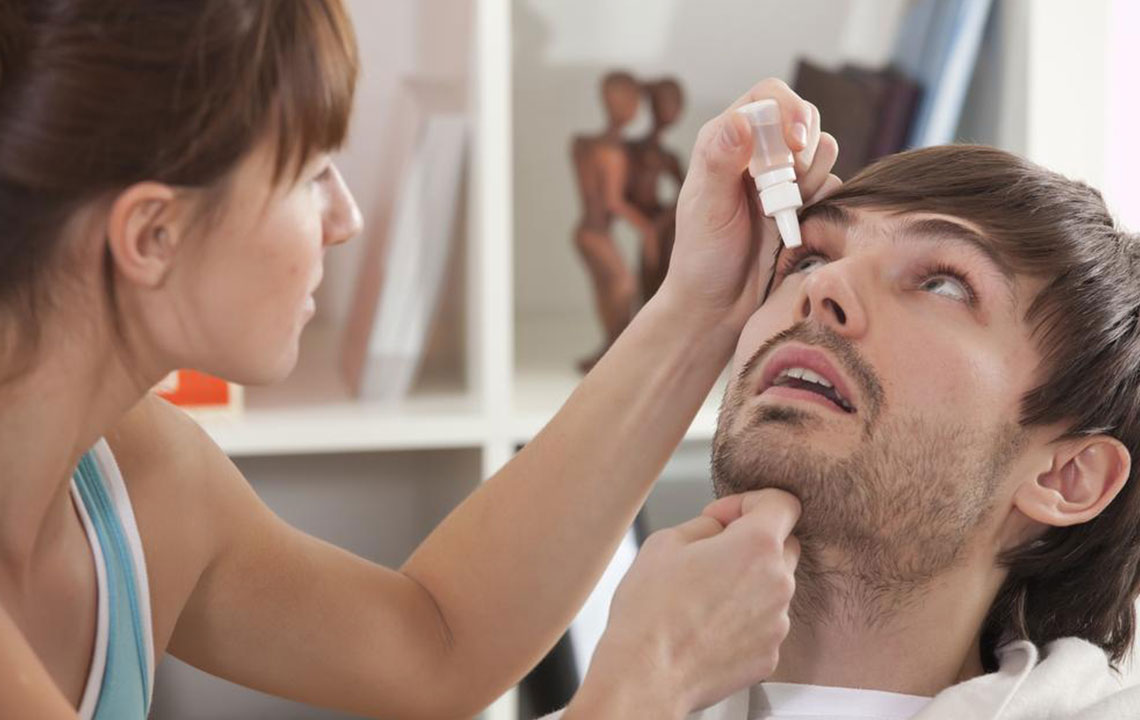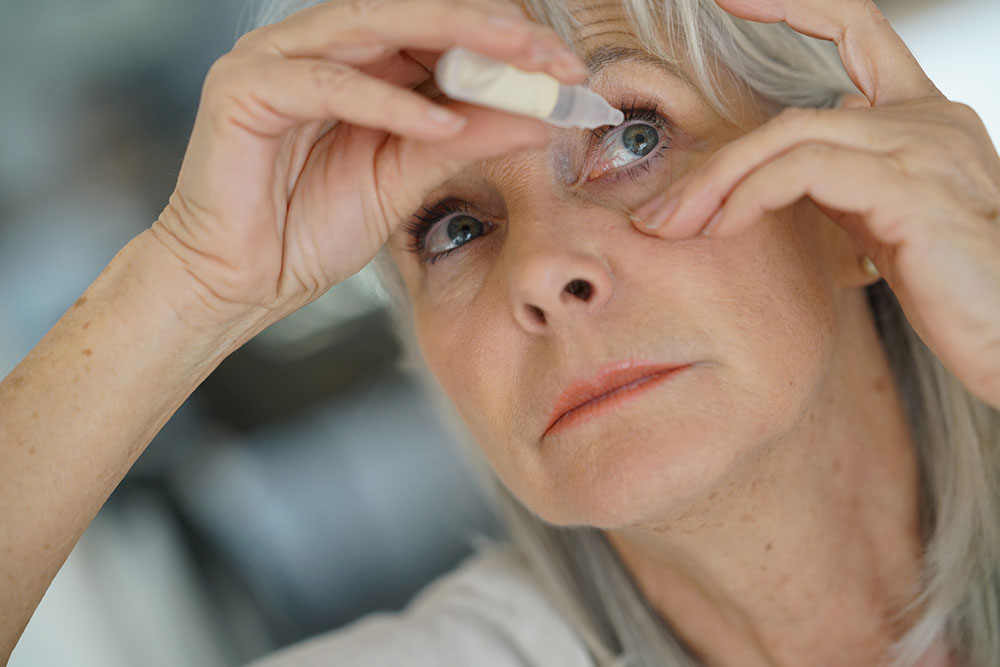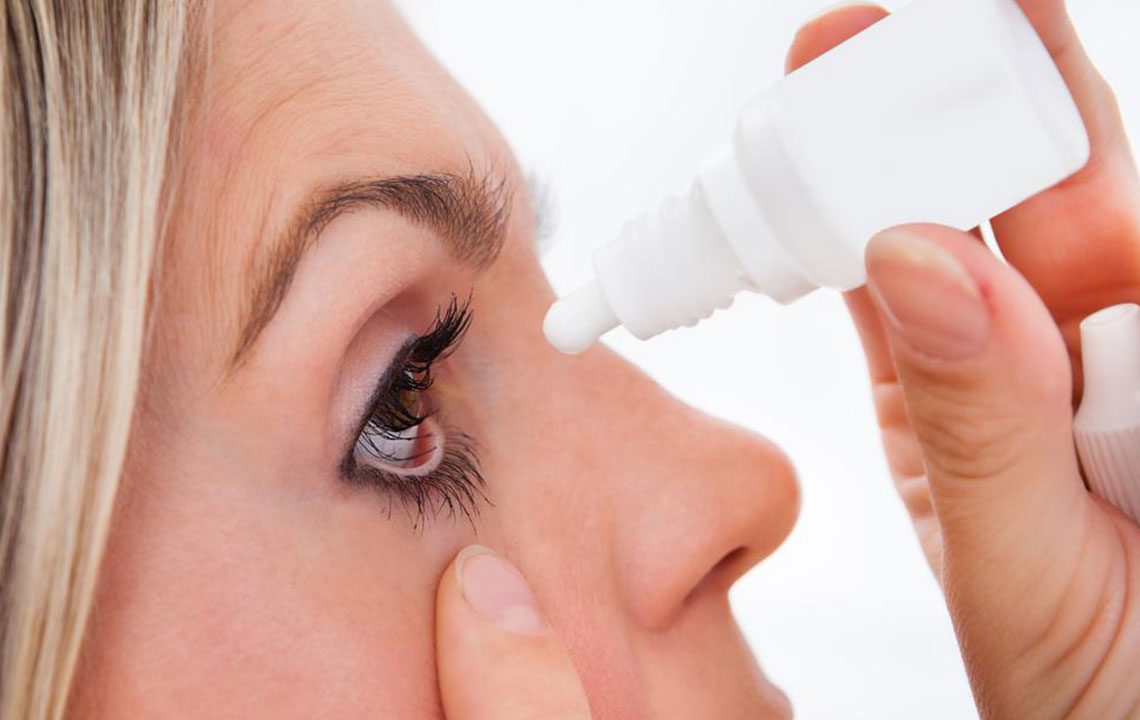Essential Insights into Persistent Dry Eye Condition
Discover comprehensive insights into chronic dry eye, its causes, symptoms, and effective management strategies. Learn how lifestyle, medications, and environmental factors contribute to this common condition and ways to alleviate discomfort partially caused by modern habits and health issues.

Understanding Persistent Dry Eye Disease
Key facts about Persistent Dry Eye Disease
A long-term dry eye condition results from a continual lack of moisture and lubrication on the eye’s surface. Symptoms can range from mild discomfort to persistent irritation and potential damage to the cornea. Women tend to be more prone to developing dry eye than men. Here are some crucial facts about this condition:
Does prolonged screen time contribute to dry eye?
Extended computer or device use reduces blinking, which is vital for maintaining eye moisture.
Normal blinking occurs 10 to 15 times per minute, distributing tears, oils, and mucus that keep the eyes lubed.
Infrequent blinking causes tears to evaporate faster, leading to dryness.
Activities requiring intense focus, such as driving or sewing, can also promote dryness.
To alleviate computer-induced dry eye symptoms, take regular breaks and practice the 20-20-20 rule.
Can contact lens wear lead to dry eyes?
Long-term contact lens use can disrupt the natural tear film covering the eye.
This interference causes tears to evaporate more quickly, producing a burning sensation or discomfort.
Switching to different lens types or monitoring wearing time can help ease symptoms, along with adjusting cleaning routines.
Medications associated with dry eye risk
Several drugs, including over-the-counter and prescribed medications, can reduce tear production as a side effect.
Common culprits include blood pressure medicines, antidepressants, sleeping aids, antihistamines, pain relievers, and decongestants.
Some treatments for skin conditions and Parkinson’s disease may also contribute to dryness.
If you're on these medications and experiencing dry eyes, consult your doctor about alternatives.
Medical conditions linked to dry eye
Various health issues increase dry eye susceptibility, including blepharitis or meibomian gland dysfunction (MGD), where eyelid glands become blocked.
Dry seasons, especially April, heighten allergies to pollen or dust, worsening symptoms.
Rheumatoid arthritis causes joint inflammation which can extend to nearby tissues, including the eyes, causing dryness.
Bell’s palsy may cause muscle weakness on one side of the face, leading to eye dryness.
HIV infection impairs immune function, potentially causing dry eye.
Uncontrolled diabetes can damage nerves affecting tear production, resulting in reduced blinking and dryness.
Environmental factors influencing dry eye
Dry air indoors or outdoors deteriorates moisture on the eye surface.
Living at higher altitudes or in arid climates increases risk.
Indoor environments with air conditioning, heating, or low humidity, such as airplanes and offices, contribute to dryness.
Other triggers include wind, smoke, chemical fumes, and sunlight exposure.
As soon as symptoms appear, consulting an eye specialist is recommended. Treatments often involve artificial tears, lifestyle adjustments, and ensuring proper eye hygiene, typically providing effective relief.
